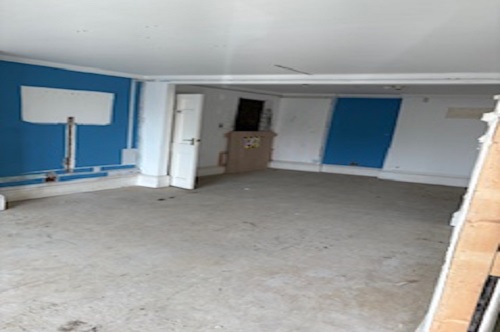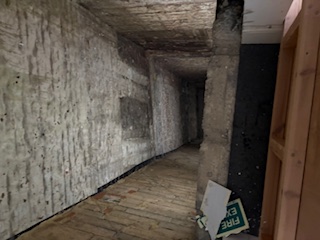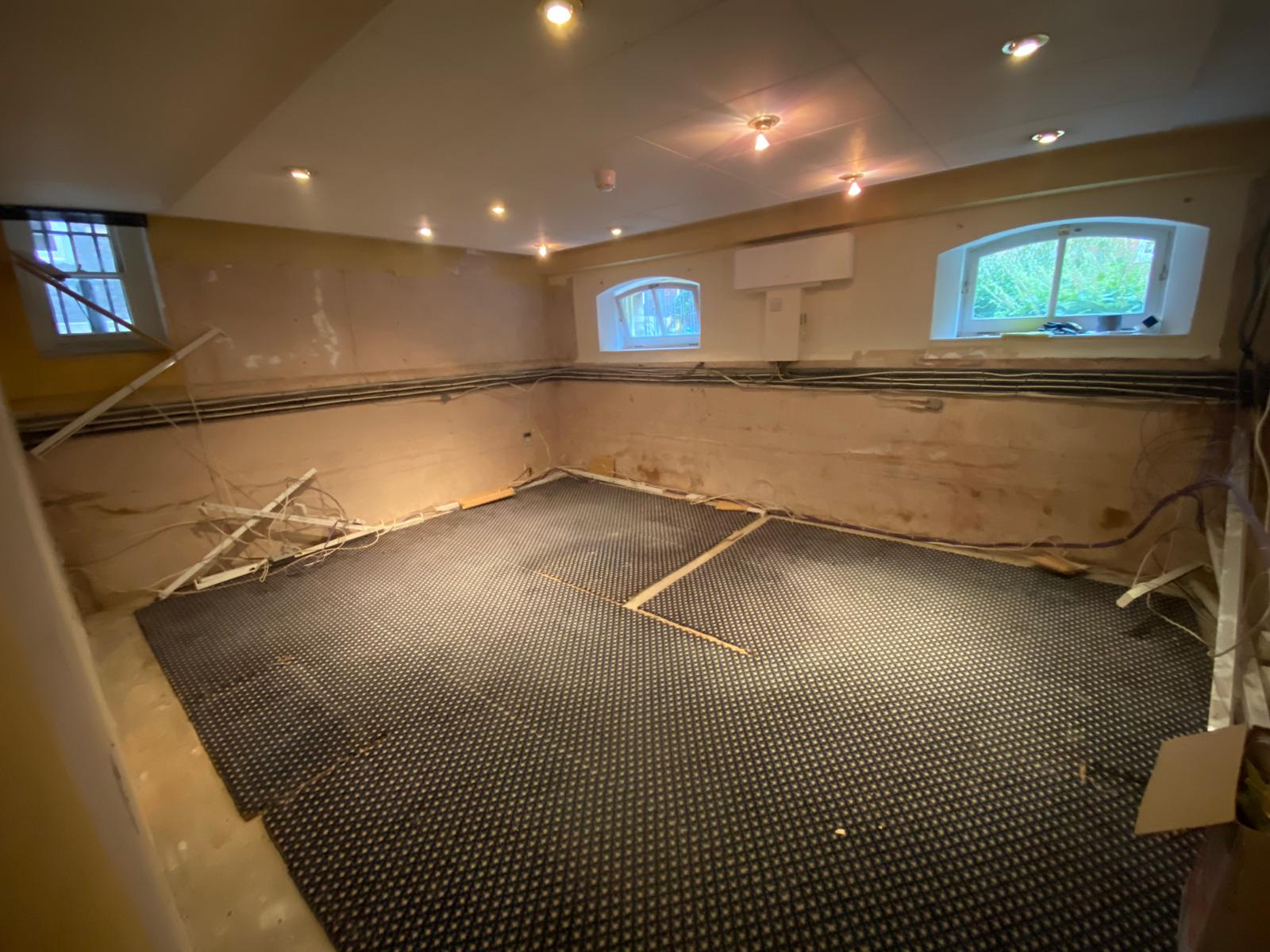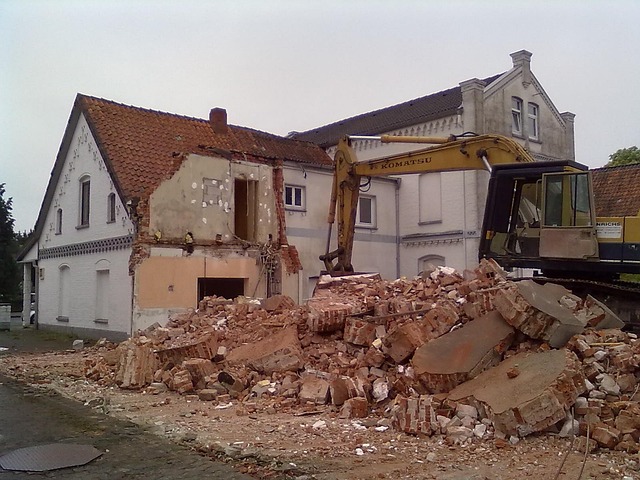What is Soft Strip Demolition?
Soft strip demolition involves removing all non-essential elements, both inside and outside the main structure. This usually happens before any significant changes, such as refurbishing, remodelling, or knocking down a building. The goal is to restore the building to its basic frame, using materials like steel, concrete, or timber, so the next stage of work can be done safely and without delays.
We handle all kinds of soft strip jobs in London and the South East, from taking out basic fixtures and fittings to removing things like suspended ceilings, raised floors, and partitions. We plan each project with safety in mind, minimise waste, and ensure we recycle as much as possible.
When is Soft Strip Demolition Used?
Soft strip demolition is typically used in:
- Refurbishment or renovation projects – to clear interiors while retaining the main structure.
- Remodelling works involve reconfiguring spaces without total demolition.
- Heritage and listed buildings – where interiors are updated while protecting historical features and facades.
This way, developers and property owners can update their spaces to meet today’s standards, reduce waste, and preserve the building's most essential features.
What Does Soft Stripping Involve?
A soft strip demolition can involve the removal of:
- Fixtures and fittings (doors, windows, kitchen and bathroom units, tiles)
- Internal and external doors
- Lighting and electrical fittings
- Non-structural walls, ceilings, and partitions
- Machinery, equipment, and plant left behind
- Furniture, flooring, and carpets
- Temporary or lightweight structures
By systematically removing these parts step by step, we ensure the building is safe, cleared out, and ready for whatever comes next.





